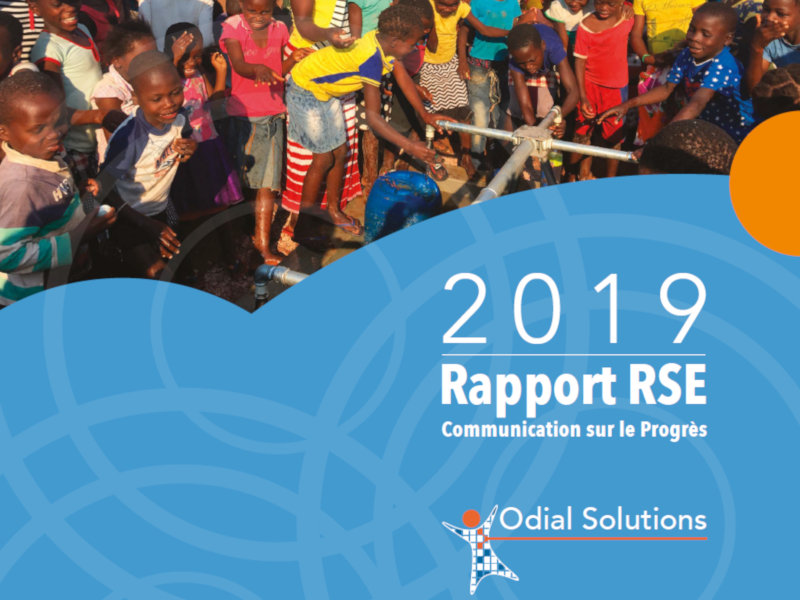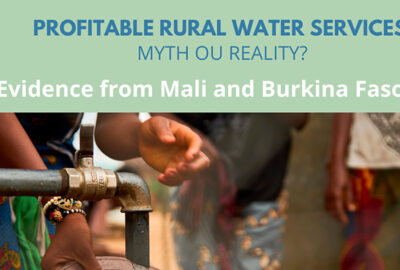Drinking water, Environment, News
New Year’s Greetings from the CEO: Is the “all-solar” dream possible? And if so, by when?
The desire to improve water services in the small villages of Africa is impelling more and more stakeholders to look increasingly towards solar pumping in stead of manual pumping. The objective is laudable, since the aim is to facilitate the lives of users by means of a more modern technical solution. However, at a time in which the sustainability of systems is put forward as being paramount, it may be useful to analyse the situation by taking into account both the technical and the economic aspects simultaneously, rather than considering them separately.
Solar energy: an energy with limits to its durability
Free and infinitely available on a human scale: these features of solar energy are necessary prerequisites for the sustainability of solar systems, although they alone do not suffice.
Let us consider first the technical aspects. Even if solar panels come with a 25-year guarantee for the preservation of 80% of the productivity rate, with complex implementing modalities, the other system components offer, at best, 1 to 2-year guarantees, with lifetimes that remain as yet undetermined. Replacement of these components must therefore be taken into account.
From an economic point of view, beyond the initial investment which remains more significant compared to manual pumps, replacing these technical components and delegating operation and management to a professional come at a cost that has to be borne by the users, and will therefore be reflected in the water service tariffs incorporated in the selling price of the water service.
Reliability and viability: the conditions of a water service
While the maintenance costs of manual pumps are relatively under control today, covering these costs by water service sales remains dependent on deploying reliable technical solutions and optimised management systems. Operating costs of a solar-powered system therefore need to be estimated, along with the impact of an improved service on consumption.
Since maintaining an affordable water service tariff is necessary to ensure no one is excluded, the viability and the economic equilibrium of the system depend on the balance between the operating costs and the water consumption at the point of distribution.
Envisaging the systematic replacement of manual pumps with solar pumps, without resolving this issue, would at best be risky, at worst catastrophic. Under these conditions, how can we speak of sustainability if we disregard the system’s economic equation? Would this not mean reproducing the errors of the past?
An equation to be resolved technologically and economically
Solar energy is undoubtedly a solution for the future of Africa, but it is not a miracle cure. We need to maintain a rational approach, and above all qualify the economic limits of the model. For now, our estimates, based on the current solar technologies and average consumption, leave us sceptical about the economic viability of solar solutions for small centres comprising just a few hundred, or indeed a few thousand inhabitants. Drawing on our experience, the experience of our partners and our daily observations of the users, we are currently seeking solutions to solve this difficult equation and determine the limits and conditions of viability of these systems. It is only by doing this that we will be able to extend more widely, and without compromising the sustainability of the systems and services, the use of solar pumping solutions, including to small villages of only 400 inhabitants.
It is important to remember ‘more haste, less speed!’
I wish you all a happy and prosperous New Year!
Best Regards
Thierry BARBOTTE
CEO, ODIAL SOLUTIONS
Comments are closed











